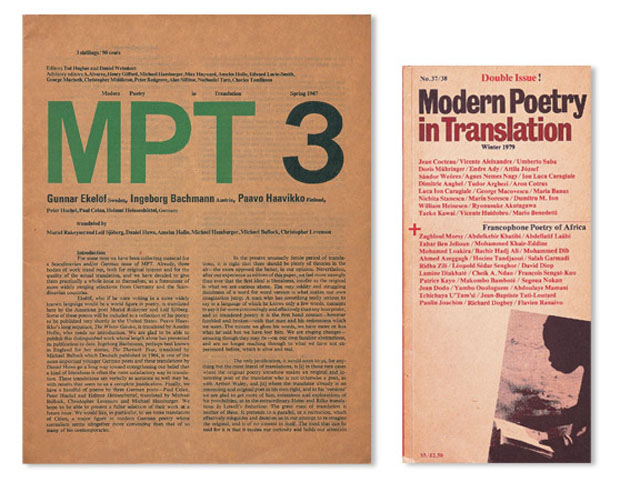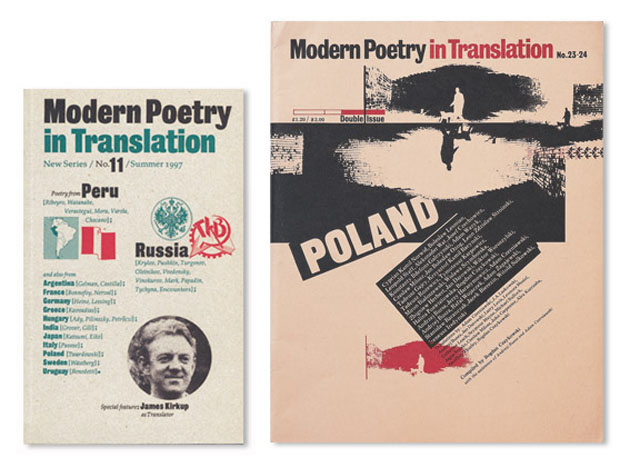Richard Hollis- A Lifetime of Visual Storytelling
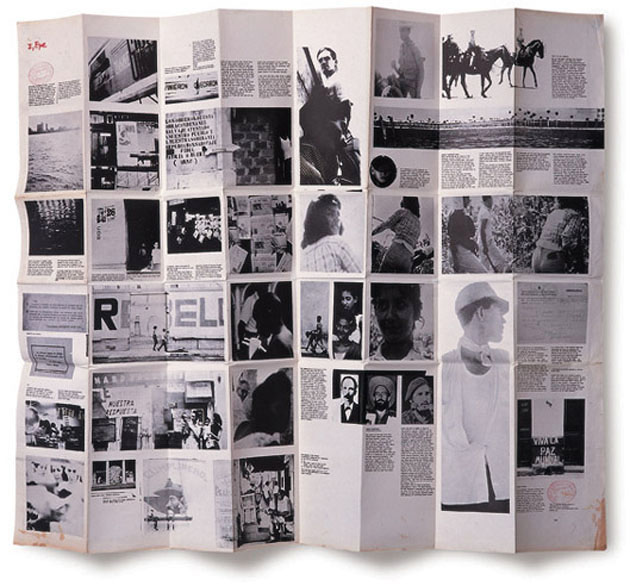
Richard Hollis is one of the first names you hear when studying graphic design. “Graphic Design: A Concise History” is one of those treasures young graphic designers hungrily soak in. Even though each generation of designers tend to rediscover the book year after year, its author, Richard Hollis, has been on the scene for more than fifty years.
Starting as a part of John Berger‘s team that transformed the well known television show into “Ways of Seeing” book, Richard Hollis has become an absolute genius in storytelling with words and images. It may come as a banality speaking about graphic design, but Hollis’s layouts have actually made generations more aware of how much politics can be hidden in even the most ingenuous image.
Having chosen anonymity in a world of design superstars, Richard Hollis has never been properly appreciated. Fortunately Emily King, the wittiest of design historians, has dug into Hollis’s archives in search of these overly disregarded gems to be put on display in a show curated for the Gallery Libby Sellers in London.
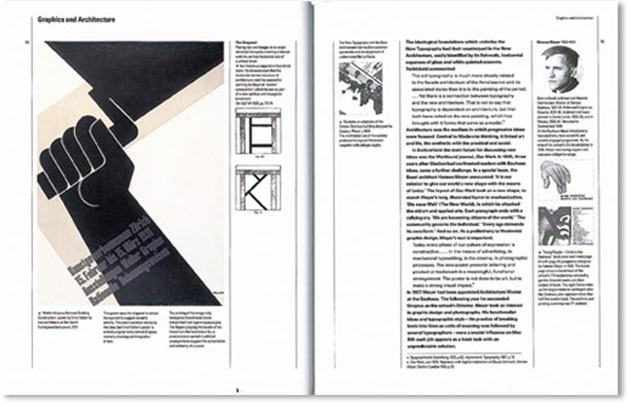
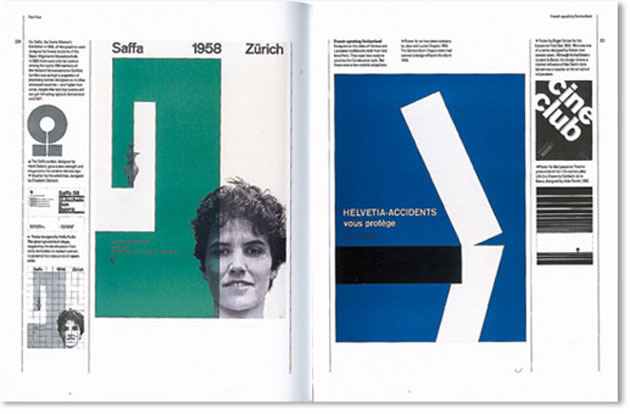
After what must have been a demanding but gratifying work, the author-curator pair pulled out more than hundred items from Hollis’s prolific career. Besides the above mentioned cornerstones of design and art critics, in half a century of work handling words and images, Hollis has produced catalogues, flyers and posters for the Whitechapel Gallery (from the late sixties to the mid eighties), graphic work for artists Steve McQueen and Bridget Riley, as well as work related to radical politics of the 60s and 70s and those developed during his travels to Cuba, Zurich and Paris.
The show, running until April 28th, is being accompanist by the book “Writings About Graphic Design” published by Occasional Papers. Collecting a comprehensive selection of Hollis’s essays, interviews and texts is due to become a new textbook must.
